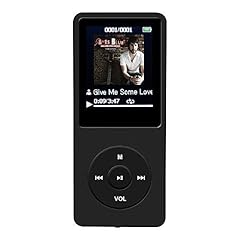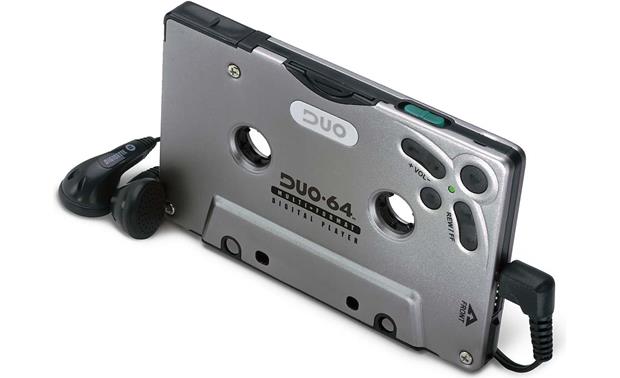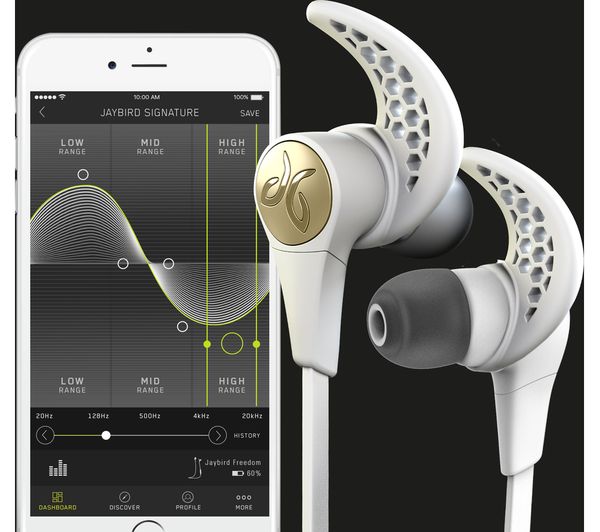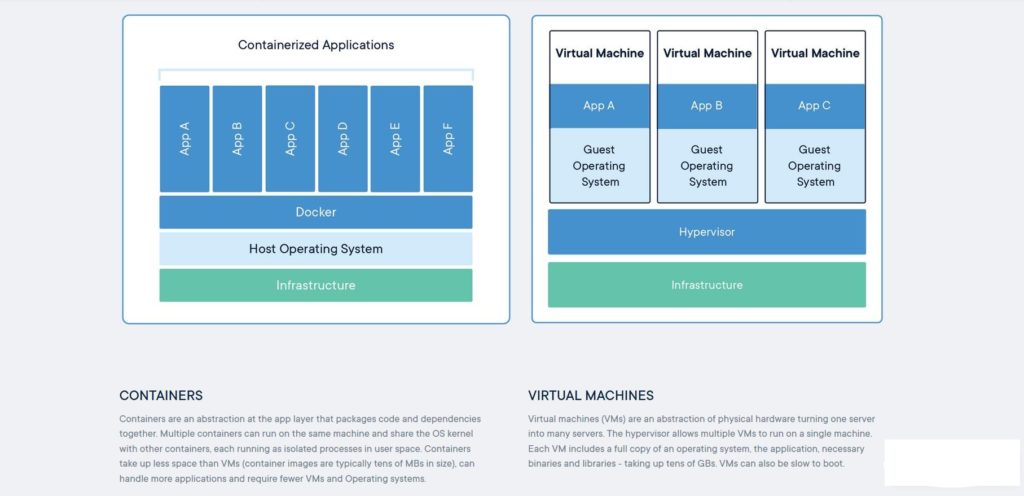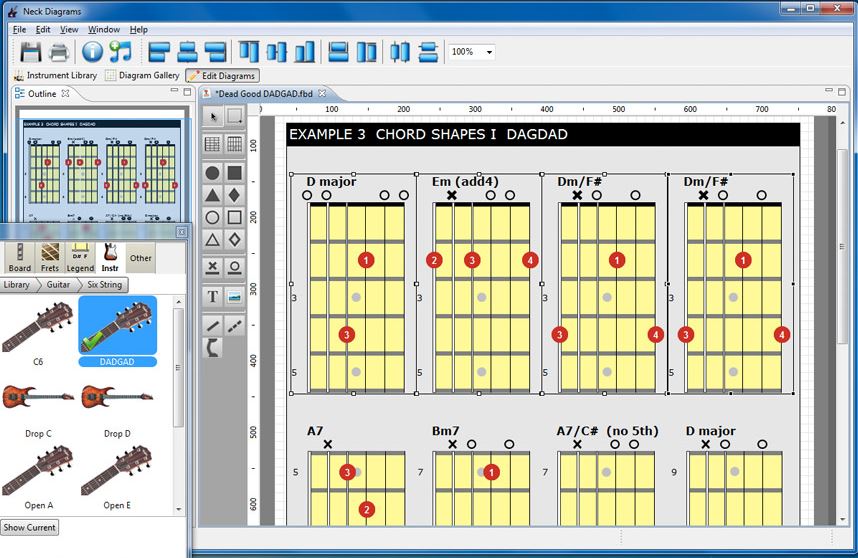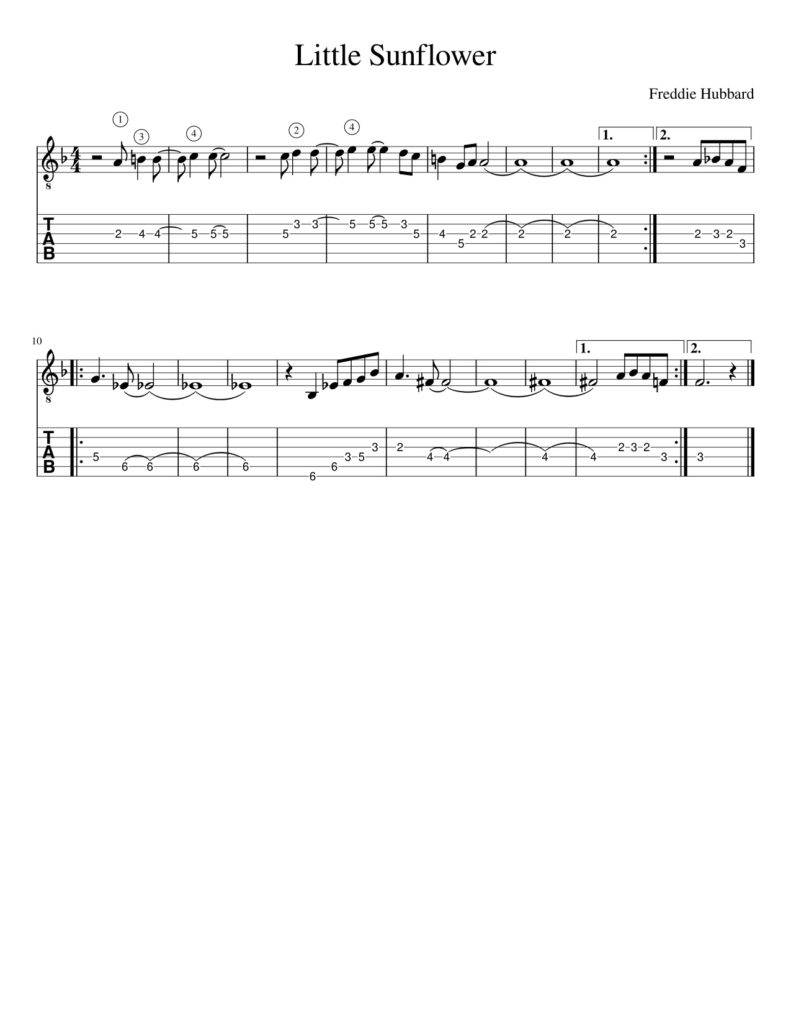The God of the Universe apparently doesn’t want me to have a new mp3 player.
I rarely get upset about things, but this is one of those times when I’ve just about reached my limit.
I’ve been around long enough to see technology replace technology. Remember floppy disks? From 5-14″ to 3-1/2″ to CDs to DVDs and now to “cloud.”
As the late Paul Harvey used to say, “Not all that we call progress truly is.”
When I first started running a few decades ago, I liked to listen to music while outside, giving me some relief and distraction from the sometimes-boring miles I was putting down. Believe it or not, I started with a Sony Walkman, a cassette player, strapped around my waist in a neoprene holder, earbud cable poking out of the back. When the cassette gave way to CD-ROM, I tried those, but the bouncing of the running movement made it impossible to track music smoothly. Then came mp3s.
Technically, mp3 is a shortened form of MPEG-3, the Motion Picture Experts Group standard (3) for coding digital audio (see: https://en.wikipedia.org/wiki/MP3 ). It has become the ubiquitous format for audio files. Pretty much everywhere (there are other formats, but they aren’t the subject of this post). A whole new industry took off, with pocket-sized devices designed to store and play audio files. “Mp3 players” they were called.
Fast-forward (you can read my previous post if you want more background on my experience). The state of mp3 players is nothing short of an unmitigated disaster, in my opinion.
I am about to return the third — yes, third — mp3 player I bought to replace an iPod that finally gave up the ghost. All three were manufactured by different vendors (although they’re Chinese, so maybe not). This last one, a SanDisk Clip Sport Plus, I thought was going to be the winner. Each device I’ve bought has cost a bit more. The SanDisk tipped the scales at $50. And I didn’t buy it through Amazon. 16GB of storage, Bluetooth, and FM radio. All of the features I wanted in a portable music player. And I’ve been quite satisfied with other SanDisk products I’ve bought!
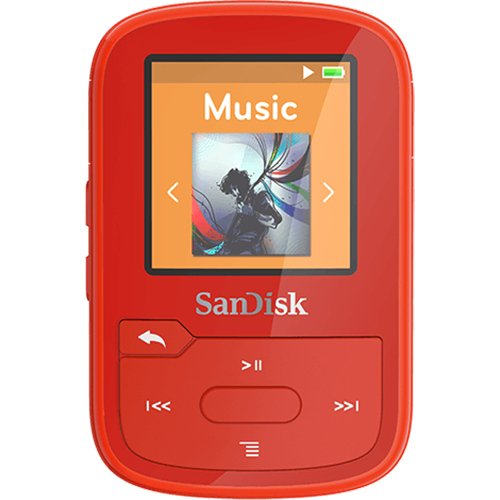
For the third time, I waited for delivery, then removed it from its shipping container, plugged it in to charge it, and then plugged it into my computer.
Nothing.
Well, even though the box and SanDisk’s web site claim it’s compatible with macOS X 10.3 and higher, I’m always a bit skeptical. However, I have two Macs, and neither would see the device, I decided to take it to work and plug it into a Windows PC.
That’s when it all went south. No device recognized there, either. Sigh.
I’ve sent an email to SanDisk and to Adorama, where I purchased it. SanDisk says they will “get back to me,” and Adorama says they’ll contact me regarding a return. This is where Amazon shines — they’ll take an item back without question. Yes, it’s going back.
And this is really the last time I’m trying this. I have an iPhone, I have an Apple Watch, and I have several iPod Shuffles. Neither the watch nor the Shuffles will hold 16GB, but I’m just going to have to play “swap the files” when I want to update the music on them.
I’m so disappointed in the state of manufacturing these days. I think the time of carrying a portable music player are going the way of the Dodo.




